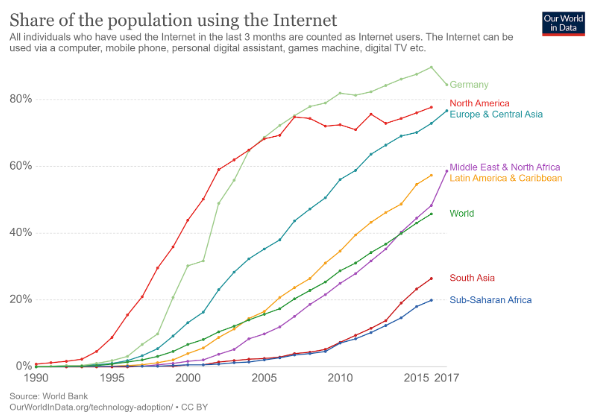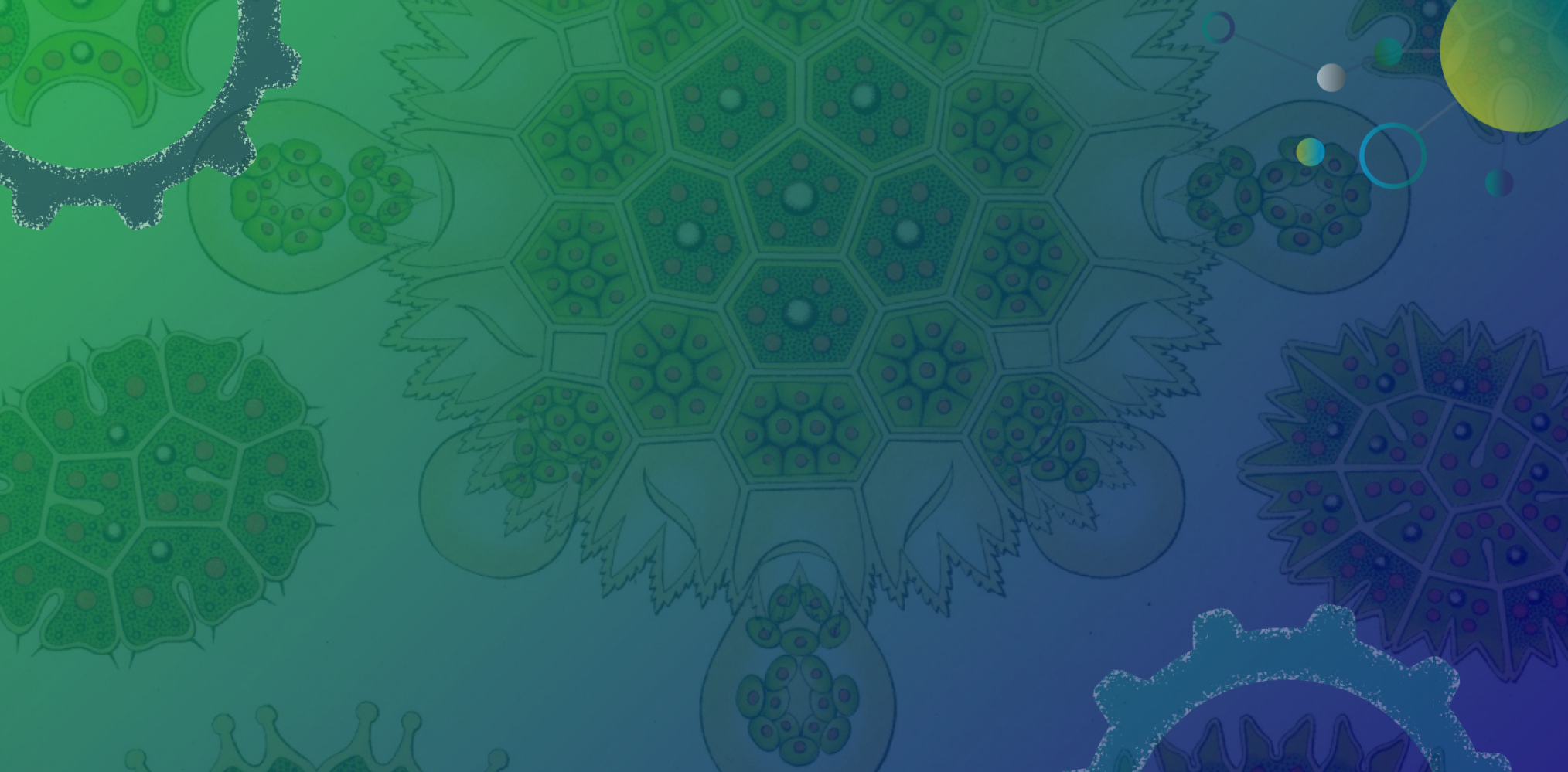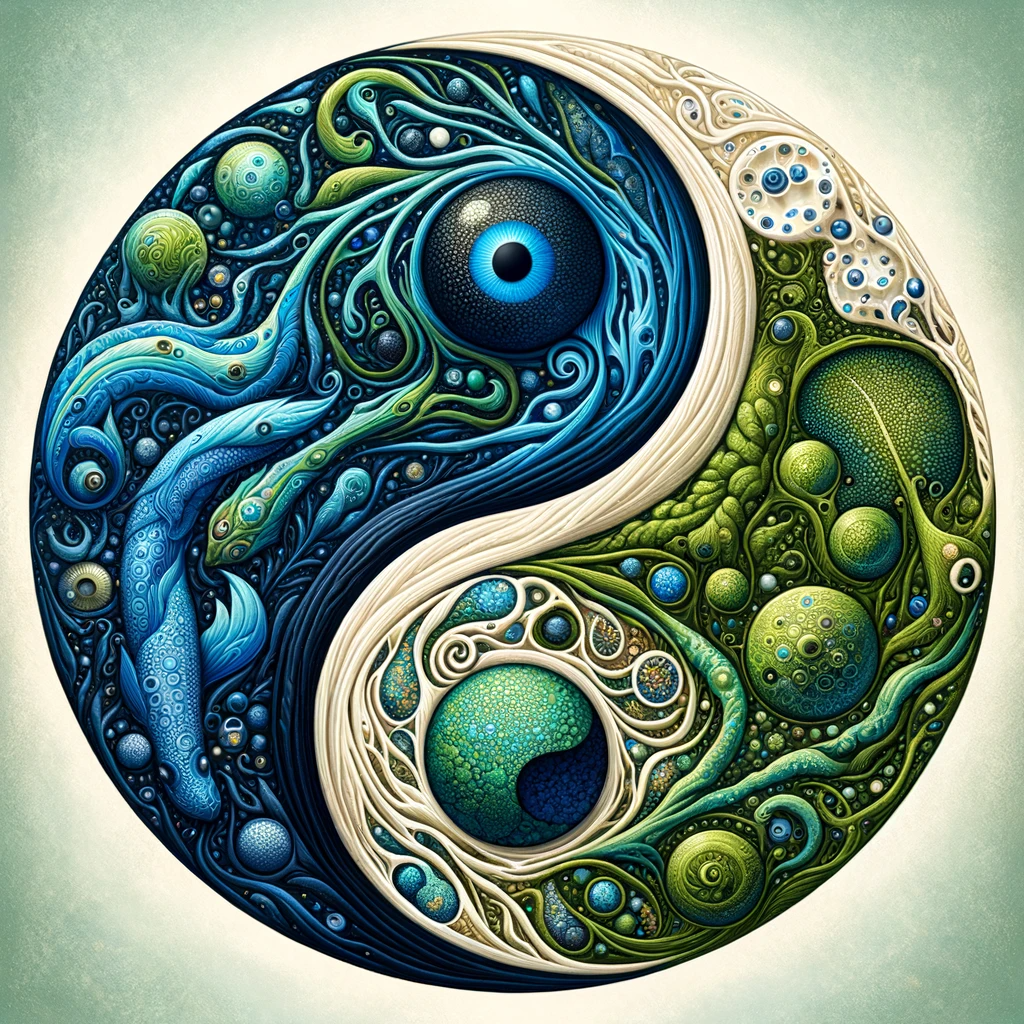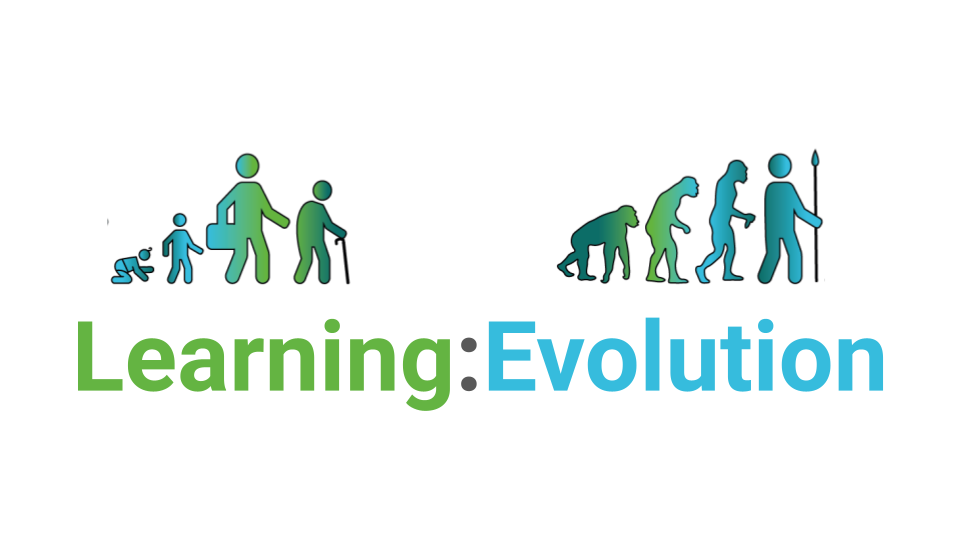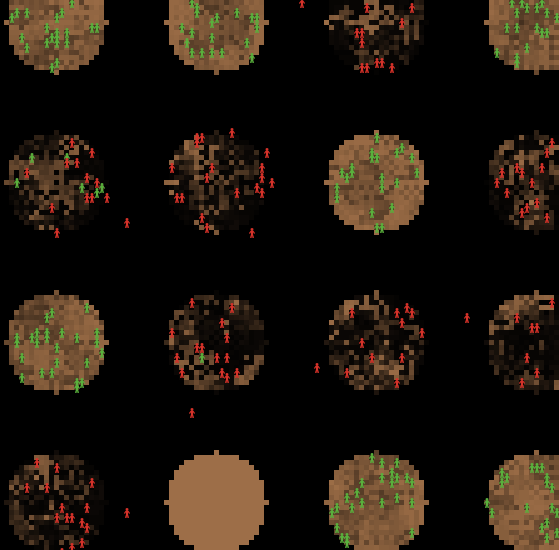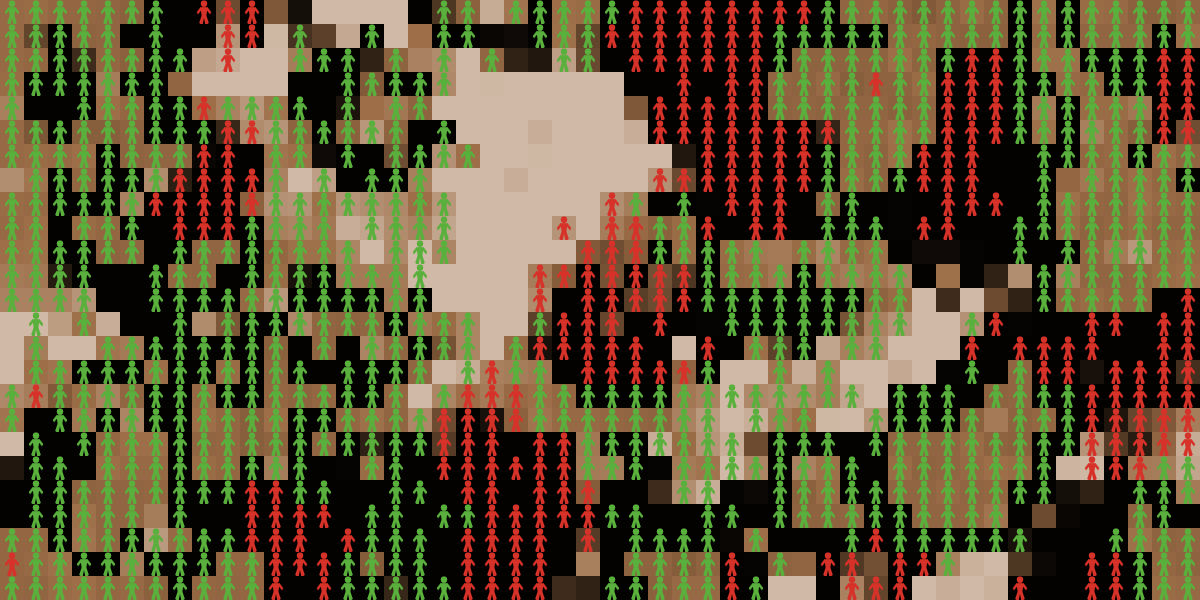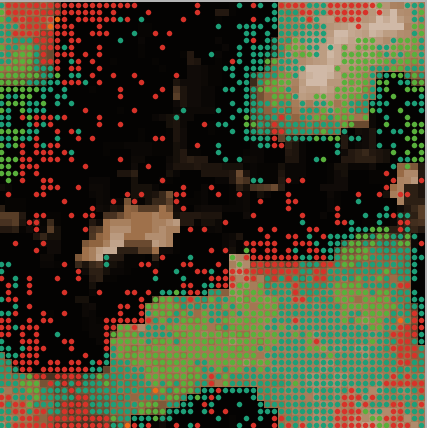Students explore the concept of cultural evolution by comparing it to genetic evolution based on a number of concepts, and explore why cultural evolution
TeachingBase Type: Analogy mapping
Human intelligence seems to be a social, more than merely an individual phenomenon. What can we learn from comparing human societies to human brains?
The human brain is the seat of human agency, and yet this agency is caused by cellular agents unaware of our larger human goals.
Learning and Evolution are processes that are both similar and different, in important respects. What can humans learn by comparing these processes?
This model simulates the evolution of populations in an environment that is spatially structured. In such a situation, several evolutionary mechanisms operate, including migration,
This model adds cultural evolutionary dynamics through behavior imitation to the evolution of resource use behavior.
This model lets us explore how the appearance of certain social behaviors can affect evolutionary population dynamics.
Analogy mapping is a tool for thinking about similarities and differences between different concepts or phenomena.

